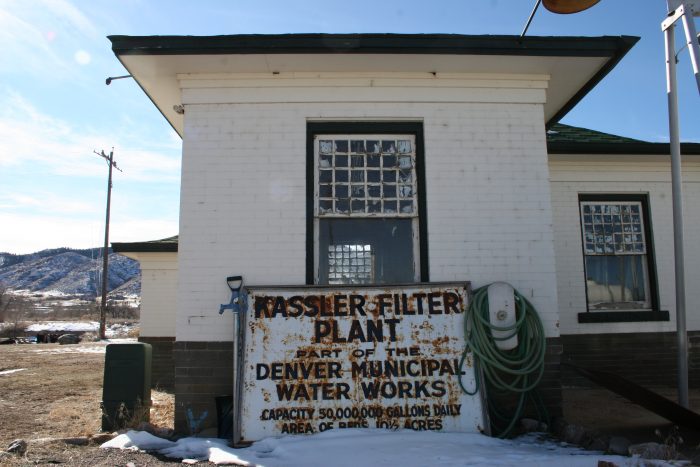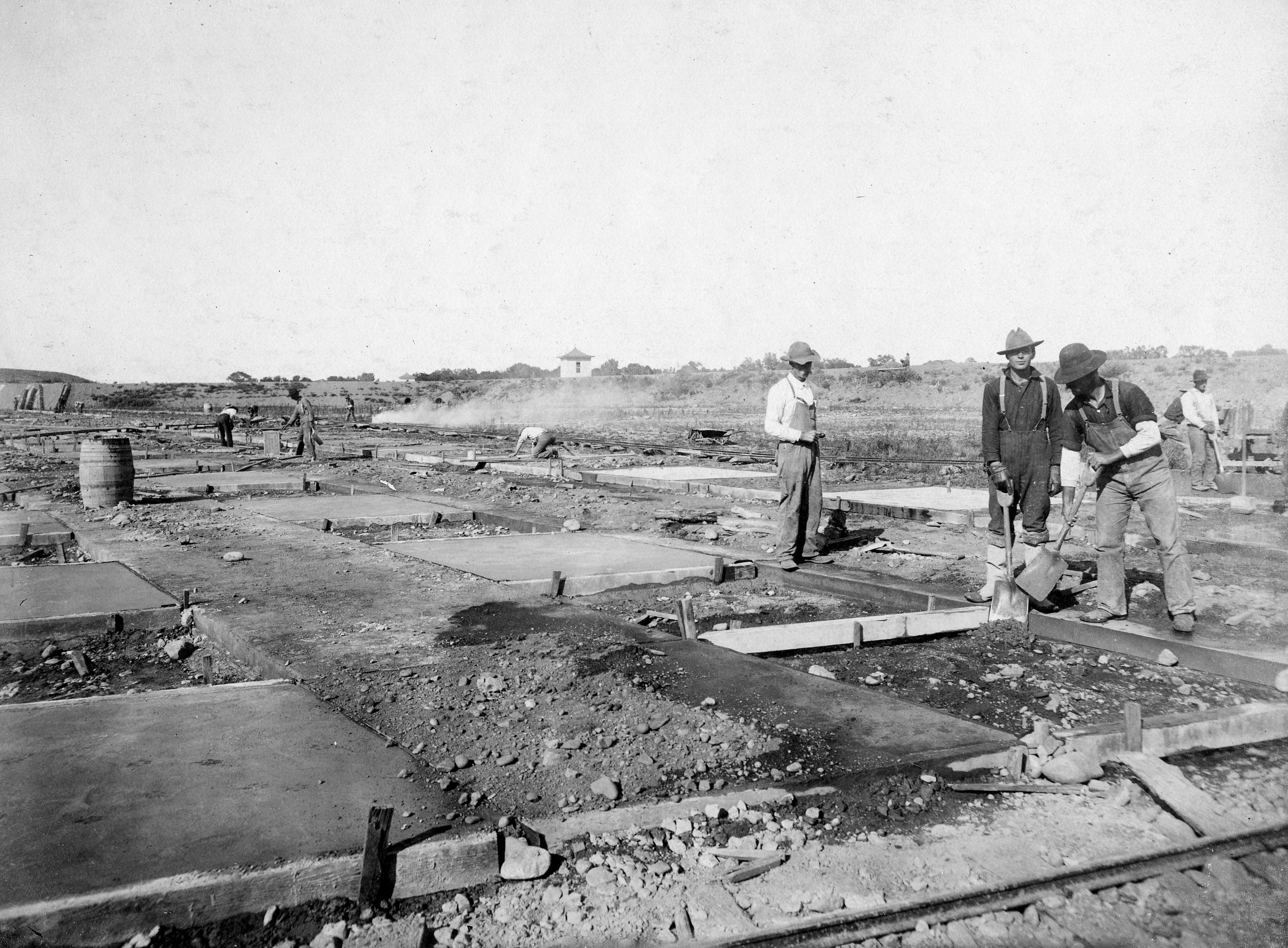
From water wagons to 50 million gallons a day
Picture yourself in 1858, just as Denver was in its infancy.
If you were one of the first hundred or so other gritty settlers, you were the rough-and-tumble type, living along the confluence of the South Platte River and Cherry Creek. You lived there because that’s where the water was — most of the time, anyway.
The water was as clean as the rivers were. In dry years, water might be scarce by late summer. In wet years, floods could sweep away your shack.
Either way, it was good enough because it had to be.
Within no time, Denver swelled to nearly 5,000 citizens. New water companies began to deliver water farther away from the riverside — usually by ditch or water wagon. You’d be happy to get it either way, even if you accidentally received a fish or two in the process. By 1870, private water utilities delivered you your water via underground pipes pumped from shallow wells along the South Platte and Cherry Creek. The water passed through charcoal as simple filtration.
Denver has always been more of a boom-and-pause city — less boom-and-bust. The population held at around 5,000 until the railroad came to town. By 1880, the population jumped to 36,000, and numbered more than 106,000 by the height of the silver boom in 1890.
Rival water companies actively fought for your business, one even opting to deliver water for free in a successful attempt to drive the competition out of business.
In 1894, Denver Union Water Company (now Denver Water), was the last utility standing.
Citizens demanded an alternative to riverside wells, which had become polluted by Denver’s rapid growth, industrial and agricultural activity, and lack of any real sanitary sewer system. The company began searching for a more abundant and cleaner source of water upstream on the South Platte.
Surveyors found such a spot at the point where the South Platte first exits the mountains, far upstream of any development — a place then known as Platte Cañon.
In 1889, Citizens Water Company built crib filters under the riverbank, which captured water as it seeped through the fine sand. The water then passed into buried wooden boxes that resembled long crates, and from there, flowed by gravity to Denver through more than 20 miles of wood-stave pipe.
When those filters could no longer keep pace with demand during low river flows, citizens clamored for more. In 1901, the company constructed the first English slow sand filter treatment plant west of the Mississippi.
The Kassler treatment plant was born. The facility could treat 50 million gallons a day, and low river flows didn’t hinder its operation. Soon Kassler became the cornerstone of Denver’s water system. It was so reliable that it remained in service until 1985, delivering high-quality water to the great-grandchildren of those first settlers.
The history of Colorado is very much tied to the development of the state’s water resources.


